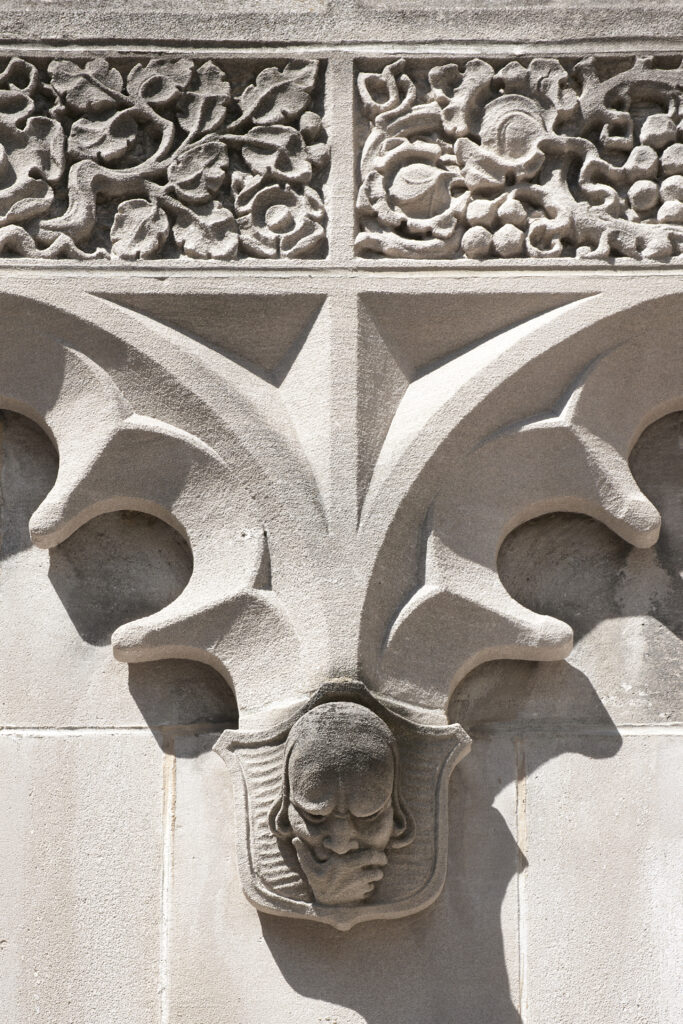
Previous and forthcoming work in these areas address three sets of connected problems:
First, the problem of adoption. Previous work (available for download below) on this field articulates the jurisprudential foundations of adoption as a human right with cosmopolitan reach. This view is contrasted to the heretofore predominant conception of adoption in the consequentialism-cum-charity paradigm. Five principal distinctions emerge between the new and the traditional conceptions of adoption. First, adoption as a human right acknowledges the fact that both proportionally and in absolute numbers biological parents commit more negligence and abuse against the young than adoptive parents do, thus rendering groundless much of the precautionary obstacles to adoption. Second, the human rights approach to adoption holds that blanket prohibitions or moratoria imposed on biological or adoptive parenting are not the solution to problems of neglect and abuse of the young. Third, the human rights point-of-view on adoption empowers observers to pierce through the veil of charitable rhetoric in order to detect violations of the human right of the unparented to family life. In this regard, the human rights paradigm of adoption counters the long established instrumentalization of adoption by country, politics, ethnicity, race, religion, and economic interests as well as by reductionist conceptions of child well-being. Fourth, and contrary to what the consequentialism-cum-charity preaches, the human rights paradigm of adoption favors only legal solutions to problems of neglect and abuse in the context of adoption that do not lead to systematic violations of fundamental human rights. Finally, the human rights paradigm of adoption connects the right to grow as son or daughter with the duty of states and international organizations, including their agents, to promote access of the unparented to adoption without the restrictions of borders, ethnicity, race, tribe or religion.
Second, the problem of the legal constitution of the child. What is a child in law? How does the law constitute childhood? How has this constitution evolved? How do conceptions of rights conceive of children as subjects? And as objects (of protection, relationships, care, etc.)? What rights are recognized and denied children when they are not considered full persons? What authority and duties the state, families, schools, and other institutions have vis-à-vis children? What rights do children have vis-à-vis them? What rights should they have? What place are children given in theories of social justice? These questions guide contemporary children’s law scholarship. Explicitly and more often implicitly undergirding answers given to them are theories of child legal personhood. Forthcoming work on this problematic offers a general theory of child legal personhood. Once a clear conception of child legal personhood is available, legal and moral mistakes in answers sometimes given to the questions above are revealed.
Third, the problem of the future of childhood in the context of the future of human nature. Profound, far-reaching, and fast-paced scientific and technological changes pose a now widely recognized challenge to the future of human nature. Whatever the future of humanity is, long-lasting changes in each generation first start in children. Forthcoming work offers a vision for the future of children’s law centered on the co-evolution of law and of the human endowments to reason, normativize, love, create, judge, communicate, play, hope, plan, and enthrall. Linking these two powerful vectors in human history, the work offers a new theory of children’s rights that connects rights and childhood to the future of human endowments.
Finding Home in the World – A Deontological Theory of the Right to be Adopted